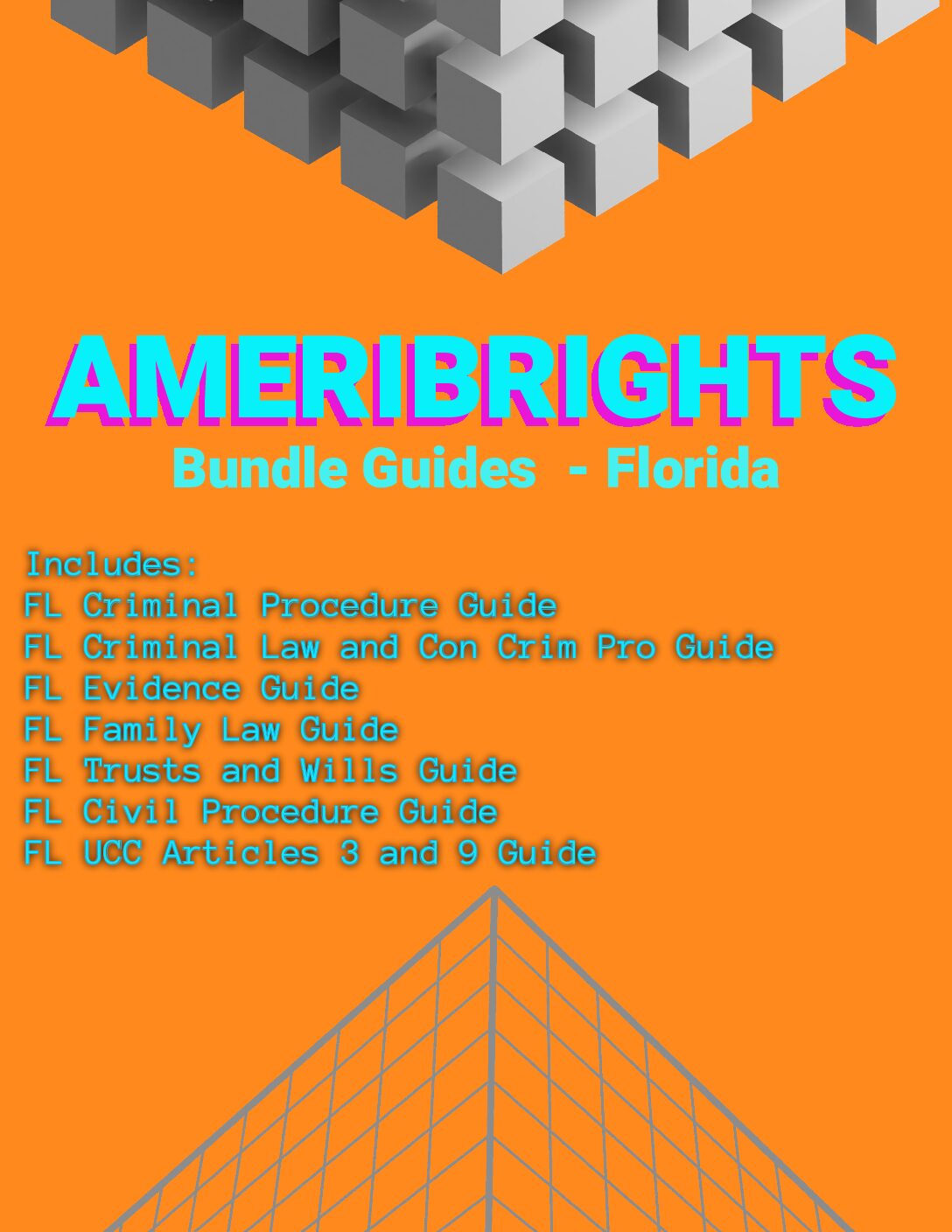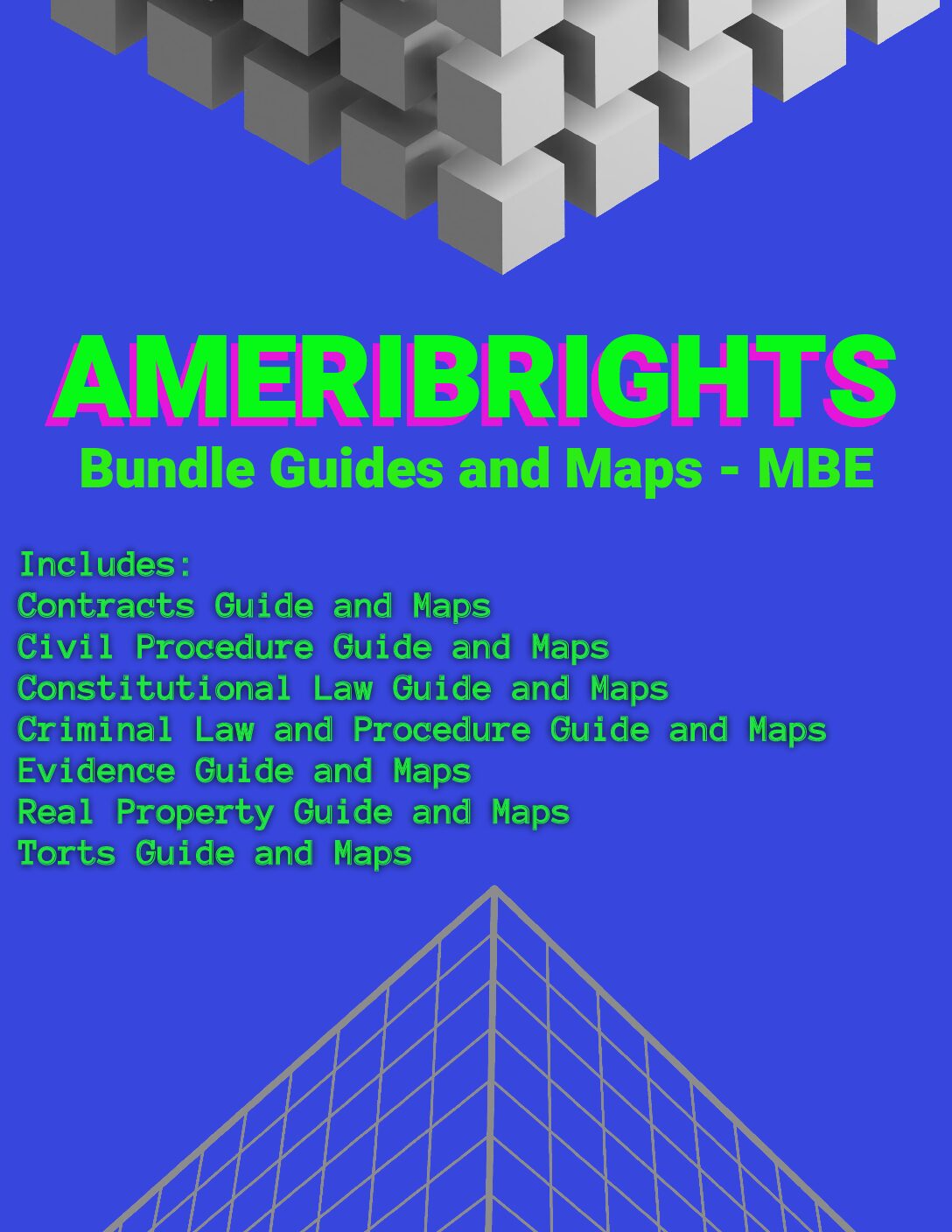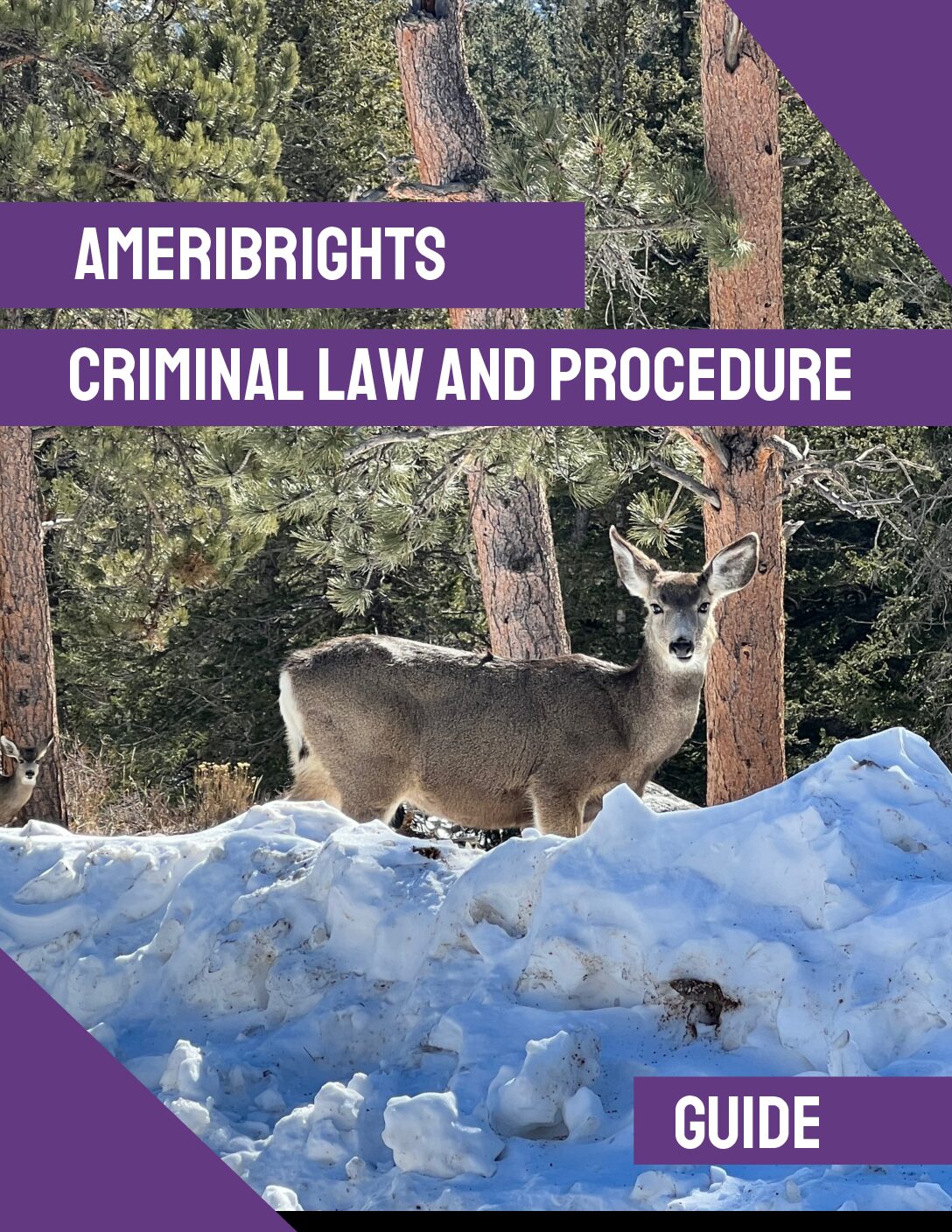Bar Exam Memory Tips: Memorization Made Easy

In this article
Waiting for the PATH train at Newark, New Jersey, I look at the people around me and can’t help but daydream about their lore. We’re all heading into NYC for different reasons — maybe a job, maybe an interview, maybe chasing something we’re not even sure of yet.
You see, I grew up across the water, and those city buildings — the flashing lights, the movement, the hustle and bustle, the chaos — it didn’t just impress me. It ignited something in me – an insatiable hunger. Progress was possible. The ability to move beyond any barrier — with hard work, the right mindset, and a willingness to adapt and evolve, particularly to new circumstances.
Lately, I’ve met a lot of people that have lost that. Somewhere along the way, they stop believing in what’s possible for them – worn down by perceived circumstances, repeated denials, and invisible restraints that start to feel permanent. Reasonable minds could differ on the reasons for this – media, society, perhaps systemic brainwashing.
What gets me is how often I hear people say, “My brain just doesn’t work like that,” or “I can’t memorize anything — I already know I’m gonna fail.”
Nah. You’re not broken. Your brain isn’t the issue.
Most of the time? It’s your mindset. Or the way you’ve been taught to think about your own ability to learn. So let’s talk about it. I’m walking you through how to actually memorize bar exam rules — under pressure, in a way that works for you, and without making you feel like you’re drowning.
Figure Out What’s Actually Worth Memorizing
You don’t need to memorize every rule you’ve ever seen. That’s not the goal — and it’s not realistic. What matters is knowing what’s worth memorizing for your exam.
What’s high-yield in one jurisdiction might not matter as much in another — and that means you shouldn’t be following generic advice off someone’s blog (even this one) without checking it against what your exam actually tests.
If you’re taking the Florida Bar Exam, you’re likely looking at Evidence, Contracts, Crim Law & Procedure, and Florida-specific distinctions — all fair game across essays and multiple choice. If you’re taking the UBE, the emphasis might shift more toward Civ Pro, Torts, and Con Law.
So before you start memorizing, ask yourself:
- What’s most frequently tested in your jurisdiction?
- What topics show up in both essay and multiple-choice sections, if your exam has both?
- What do you keep missing in practice?
That’s your core list — and it’s what should drive your memorization time.
And if your jurisdiction includes the MBE, the NCBE Subject Matter Outline is a great place to start. It lays out the topics by subject and percentage — use it to study smart, not just hard.
When you finally get clear on what to focus on, everything gets easier. You stop second-guessing. You feel more in control. And that confidence? It carries you through the pressure.
Memorization Starts with Generating, Not Consuming
If you’re spending hours re-reading outlines or watching videos, you’re not memorizing — you’re just consuming. Real memorization happens when your brain is forced to generate the rule — to produce, explain, or use it without a script.
That’s the core of generative learning: when you do something active with the material, you actually remember it. Not just for now — but when it counts.
Here are a few ways to build that into your bar prep:
- Self-explain.
After you study a rule, close your notes and explain it in your own words. No scripts. No peeking. Just you and your brain figuring it out. - Summarize or map.
Try summarizing a section of your outline in one paragraph. Or sketch out a visual map of how different rules relate (like defenses to a tort claim or the steps in PJ analysis). This forces your brain to organize and connect ideas.
Need a visual example? Check out the sample preview of our MBE maps — they’re in the bookstore if you want to see how this strategy looks in action.
- Teach it.
Teach the rule like you’re tutoring a 1L — or your cat. It’s awkward at first, but if you can explain it out loud, you probably actually know it. - Enact and imagine.
Close your eyes and imagine applying the rule to a fact pattern. Visualize spotting it on the MBE. Imagine writing it under pressure. You’re prepping your recall muscles before test day. - Question yourself.
Turn rules into questions. Instead of “The parol evidence rule prohibits…” say, “What’s the rule on parol evidence again?” Write down what you remember — then check it. This creates memory friction in the best way.
If you’re using our study guides, you’re already doing this. They’re written in Q&A format for a reason — so you’re not just reviewing the rule, you’re actively retrieving it every step of the way.
This kind of learning feels harder — but it should. That struggle is exactly what makes the memory stronger. You’re not trying to be perfect. You’re training your brain to produce, not just recognize.
Study the Way You Learn Best
There’s no one-size-fits-all rule for how to memorize. Some people lock things in by speaking them out loud. Others need to write, map, move, or teach. The trick is figuring out what works for you — and leaning into that instead of forcing someone else’s method.
You might retain more when you talk it out.
You might learn better when you study with someone that keeps you accountable.
You might have ADHD and need to take additional steps to keep your brain engaged — more movement, more structure, more frequent resets. That’s real. And it doesn’t mean you can’t do this — it just means your approach has to reflect how you function best.
This is about staying active and connected to the material — whether that means color-coding rules, saying them out loud in the shower, or recording voice memos and listening to them while walking.
So no, you don’t have to use flashcards. You don’t have to rewatch videos or podcasts. You don’t have to rewrite outlines for the tenth time. You have to study in a way that helps you generate the rule from scratch — because that’s what you’ll be doing under pressure.
Build Personal Cues: The Memorization Tricks That Actually Work
Associate Numbers or Feelings with Distinctions
If I’m being honest, this probably came from when I was trying to learn hiragana and katakana — the Japanese writing systems. I never got fluent, but what stuck with me was how some characters had shapes or pieces that helped you remember the sound or meaning. That idea — hiding cues inside the thing you’re trying to learn — made sense to me.
So now, when I’m studying bar rules — especially distinctions — I do something kind of similar. I’ll associate a number with the rule, and then hide that number, or the feeling of it, inside the word or phrase I’m trying to memorize.
For example:
Florida = 3
Federal = 6
To me, 3 feels good — Not gonna lie — I’m Catholic, so I suspect that’s where it comes from (Father, Son, Holy Spirit). But maybe for you, 3 just feels clean, simple, familiar.
6 doesn’t feel good — it’s heavier, messier. I use that feeling to help anchor the distinction.
I’ll use that emotional association to anchor the rule. Sometimes I hide the number in the shape or rhythm of the phrase. Other times, I just build the feeling into the word. It sounds small, but when you’re juggling dozens of distinctions, it helps you lock things in without memorizing a totally separate fact.
Hide Meaning Inside the Word
When I hear a rule or phrase, I don’t just think about what it says — I look into it for structure, patterns, sounds, or visuals that can help me recall it later.
Take common law, for instance.
I picture the double Ms in “common” as a mirror image — because under common law, the acceptance has to mirror the offer.
And when I read the word “common” I hear it with a British accent and think of “commoners” (like in Downton Abbey and with a British accent), so I think of people — not goods. That helps me separate it from the UCC, which is more about goods and commercial transactions.
This is how my brain works: I see something in them — a shape, a sound, a story — so they stick.
I’ll be honest — mnemonics have never really helped me. They overwhelm me more than they help. I get that they work for some people, but for me, they’ve always felt disconnected — like I’m trying to memorize a random string of letters that doesn’t tell me anything about the rule itself.
I’m a logical learner. I need the rule to fit into a bigger story — something that makes sense, something I can reason through. That’s why I started hiding numbers or feelings inside the rule — because it gives the rule structure. It connects it to something real.
Turn the Subject Into a Story
One of the most effective tricks I’ve used — especially when a topic feels dense or dry — is turning it into a story. But not just any story.
I put myself in it.
The scene is usually somewhere I’ve actually been. I walk through that place in my head, step by step — and each detail anchors a piece of what I need to remember.
For example, when I was learning Florida Trusts, the whole thing became a mental trip to Turkey — specifically, Cappadocia and Istanbul.
I’ve been there before, so the images are vivid. I start in that landscape — maybe I’m walking past the volcanic rock formations, watching the hot air balloons, or having tea — and each detail links to a trust rule through a sound, smell, visual, or moment.
Every part holds meaning. Each transition helps me move through the material in the right order.
I’m not memorizing a list of legal concepts — I’m retracing a path I already know. And that makes recall feel way more natural.
If you’re someone who remembers experiences better than bullet points, give this a try. Make the subject about you. Place it somewhere real. And let your memory walk you through it.
Final Thoughts: Memorization and Mindset for the Bar Exam
Waiting for that PATH train, I wasn’t just thinking about other people’s stories. I was thinking about how easy it is to lose sight of your own — to forget that you can still grow, adapt, and get better at this. Even something as tough as bar prep.
If there’s one thing I’ve learned, it’s this: you’re not stuck with the way your brain processes information today. You can train it. Shape it. Find the angles that work for you. And when you do, memorization stops being this thing you dread — and starts becoming something you own.
So no, you don’t need to be perfect. You just need to keep experimenting. Keep refining. Keep moving.
The capacity to learn has never been the issue.
You just needed a different way in.
If this helped you rethink how you study, let me know — I always love hearing what’s clicking for people. And if you want to see our Q&A-style guides or MBE maps, check out the bookstore. They’re designed to actually work with your brain.
Florida Bar Exam Resources
-
Bar Exam Preparation
The Ultimate Florida Bar Exam Study Guide Bundle
$343.00Original price was: $343.00.$275.00Current price is: $275.00. Add to cart -
Bar Exam Preparation
Bar Prep Made Easy: MBE Guide and Maps Bundle
$413.00Original price was: $413.00.$330.00Current price is: $330.00. Add to cart





